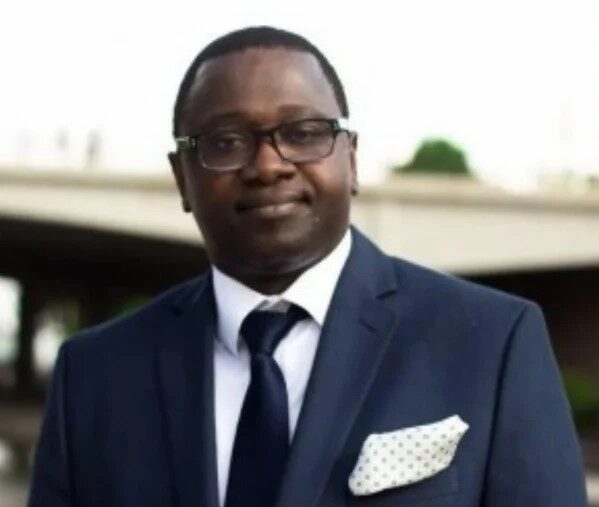By Donstance Koroma
Financial and economic statistics on Sierra Leone’s debt was predicted to continuously increase between 2023-2028 by a total of 2.7 billion US Dollars that is (+77.36 percent).
According to source, what is regarded as unprecedented scale of public borrowing has the tendency to impoverish the nation that is presently at risk of debt distress.
Financial and economic experts are calling for durable measures to be taken to limit the nation’s debt history and the way and manner in which government spends public funds; otherwise, there is greater tendency that some state assets assigned as collateral to debt contracts would be impounded and run by the country’s creditors that loan the country on interest.
Long before now, it has been revealed that Sierra Leone has an indefensible debt resulting to debt distress, owing to the fact that governments are unable to fulfil their financial obligations.
The said situation, FORUM was told has the potential to cause borrowing countries to lose market access and suffer higher borrowing cost.
Among countries in Sub Sahara Africa, Sierra Leone happens to be among countries caught in the web of high risk debt distress that is largely associated with continuous external borrowing to meet development funds.
This said situation has naturally warranted debate on the situation of the country’s internal and external debt and its current and future effect of the country, going forward.
Recent revelation by the Minister of Finance during the budget speech to parliament for the financial year 2024 have it that Sierra Leone’s public debt has increase to 53.9 Trillion Old Leone (53.9bn New Leones) in 2023 that indisputable qualified the country at high risk Public distress.
Finance Minister, Sheku Ahmed Fantamadi Bangura as usual attributed the state of the country’s economy to Russia Ukraine and Israel war Palestinian wars, low domestic revenue generation among other issues.
According to report from World Bank and the International Monetary Fund (IMF) clearly stated that the reason why Sierra Leone finds itself in such a situation is a result of the nation inability to pay its debt.
Analysis that financial donor organizations like the World Bank and IMF refer to as sustainable indicates significant strengthening of high risks linked to internal and external borrowing and overall debt distress.
IMF in its recent eighth and final review of Sierra Leone’s arrangement under the Extended Credit Facility (ECF), stimulated the immediate disbursement of millions of USDs from the Special Drawing Right (SDR) doled out in the form of loan.
As a nation with small economy, it has been ranked as the second poorest country in the world with a per capital of 427 USD, plus depreciation of the Leone, inflation resulting to high cost of living with an abysmal Gross Domestic Product (GDP).












